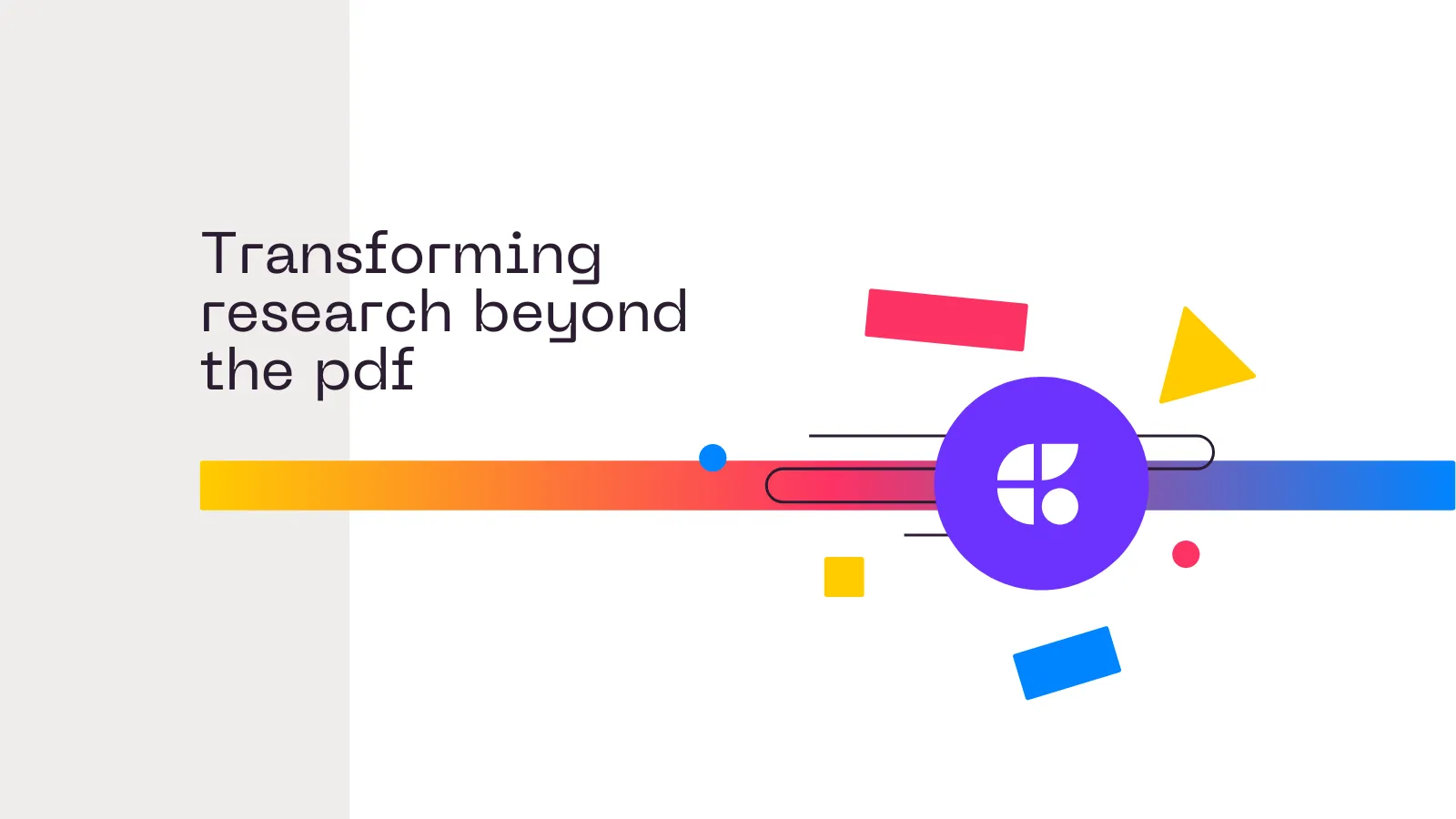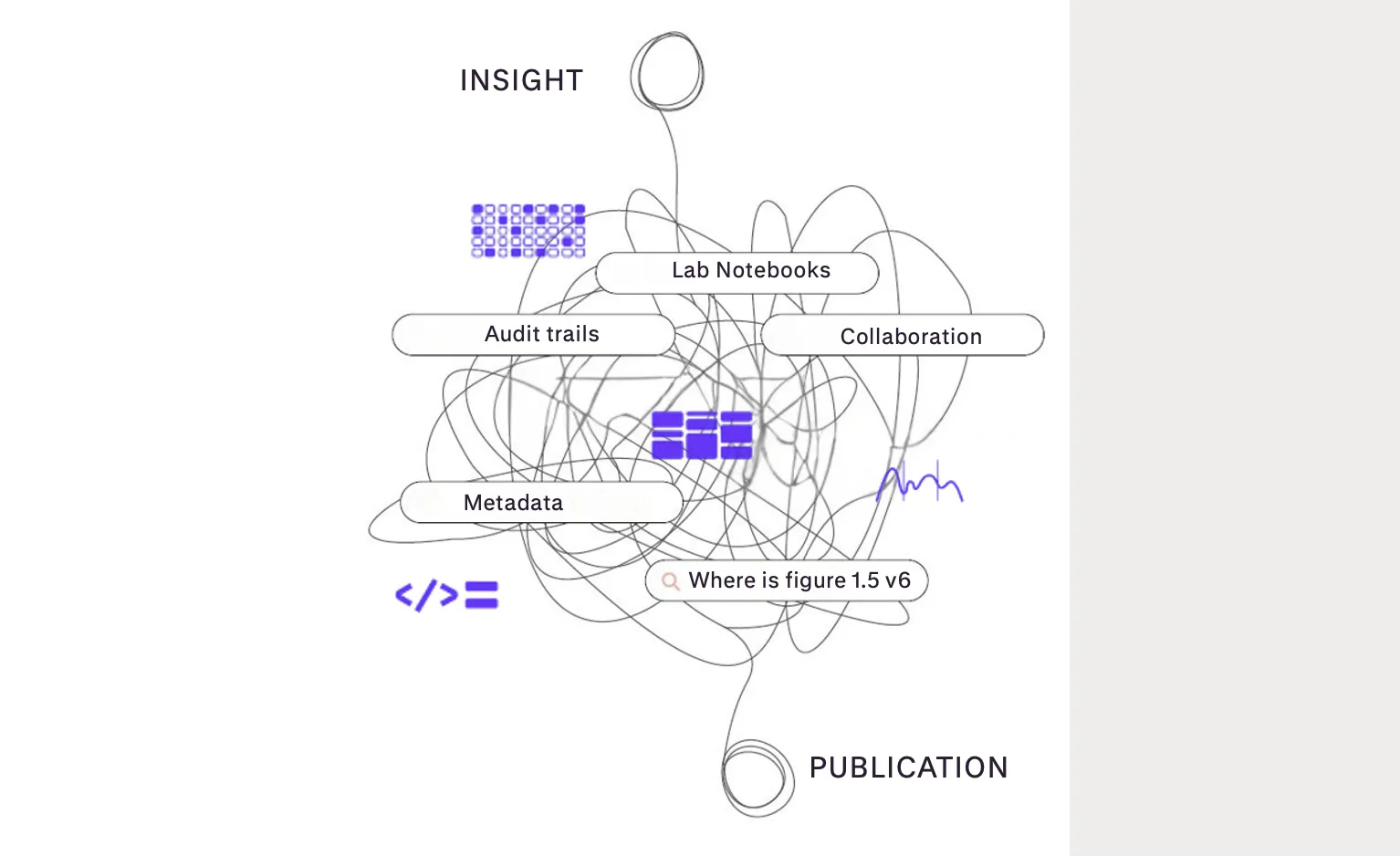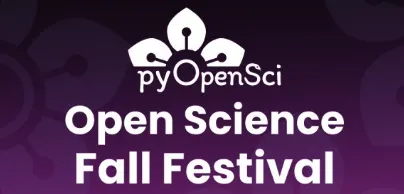SCMS: An introduction
Researchers work across many systems—notebook platforms, code repositories, data stores, and publishing sites. An SCMS (scientific content management system) is software that keeps those pieces connected and easy to find so teams can locate, reuse, and assemble work. This primer explains what an SCMS is, how it works, and where it fits alongside tools you already use—it connects them rather than replaces them.
What is an SCMS?¶
SCMS stands for scientific content management system. A web-native platform that connects scientific content—data, code, protocols, figures, and narratives—from multiple sources. By integrating with lab notebooks and other tools, an SCMS helps scientists find and organize work across the research lifecycle, keeping research interactive, trusted, and citable—ultimately enabling connected publishing.
How does it work?¶
Scientific content management systems turn research pieces into individual components and makes them available throughout the research workflow. Metadata is associated with each component so they become living building blocks with origin, history and credit.
An SCMS organizes these modular items so they are easy to search and find when needed. Modular components can be built upon or reused. They can be shared in multiple places, whether privately in a lab group, on a public lab site, or assembled for publication.
Importantly, an SCMS does not replace the notebooks and venues where research is created, stored or published—it connects them. Think of an SCMS as the connected collaboration layer in an integrated ecosystem of tools.
What can an SCMS do?¶
An SCMS streamlines organizing and sharing research in a way that reflects how science is done. An SCMS makes scientific content easier to:
- Access
- each component gives credit to all contributors, and researchers can explore individual components seeing the origin of the research.
- Discover
- search and find the latest version of research components across multiple sources and repositories and repositories.
- Organize
- see and organize all live content—data, code, protocols, figures, and narratives—in a central workspace.
- Compose
- build on past research, reuse and remix components across any project.
- Share
- move content fluidly into different contexts, enabling collaboration inside and outside organizations and groups.
- Publish
- support connected publishing, where modular components come together into dynamic outputs that remain interactive, rather than static, and linked directly to their sources.
What makes an SCMS different?¶
An SCMS transforms how research is organized, connected, and shared. It frees up time for researchers to focus on the science itself—time they used to spend searching for files or recreating figures. It also makes it easier for teams and institutions to collaborate—science can be shared earlier, and more often, speeding up the time it takes from discovery to draft to distribution. And it transforms sharing and publishing into a rich, connected experience where readers can interact with the live findings for a deeper understanding of the discovery.
Curious to learn more? See the story behind the SCMS here → [LINK TO CATEGORY SCMS LEAP FORWARD BLOG]





